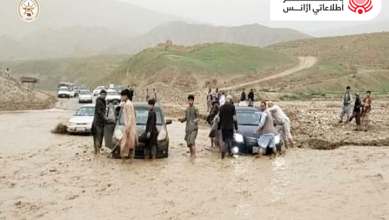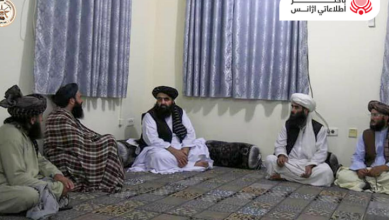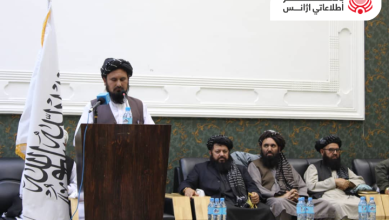
Wednesday February 17, 2016
Kabul (BNA) Following their defeat in Kunduz five mounts ago, the Taliban insurgents concentrated their focus in Baghlan strategic province. Baghlan has a lot of attractions for Taliban including its strategic location, economic resources most important of all its social structure and duet to all those reasons the Taliban have concentrated most of their efforts and forces in Baghlan strategic areas, at present Taliban have active presence mainly in three strategic points.
Dand-e-Ghori located in the PD-6 area west of Pul-e-Khomri the provincial capital of Baghlan. Dand-e-Shahabuddin located in the PD-5 area north-west and Kokehinar and other villages in the west of the new Baghlan city. Each of these areas has a population of 10,000-30,000. Besides that the Taliban armed insurgents also existed in Tala-u-Barfak district on Bamyan province border who had undertaken control of this district for two days in Oct. 2015. Taliban also exist in Daesh, Khsyan and Borka areas. In fact all the areas which were under the control of Hezb-e- Islami in 70s, are now influenced by Taliban. Based on the estimation of chairmen of Baghlan provincial council, 1700-1800 Taliban exist in these areas. In the last five months, Taliban had made strong concrete strongholds in Dand-e-Ghor and Dand-e-Shahabuddin areas while there are only 3000-4000 ANSF against them. The power transmission line from Uzbekistan to capital Kabul has also been extended parallel to this highway. Two other international power transmission lines are expected to be established from central Asia through Baghlan to Kabul and then to Pakistan.
They are called TUTAP and KASA 1000 and Taliban presence in Baghlan is the biggest challenge ahead of implementation of these international projects. Having a powerful stronghold in the north is a strategic goal for Taliban and sustaining defeat in Kunduz, Taliban have chosen Baghlan for such a goal. According to political analysts, achieving this goal will enable them to have a better position and would pave the way to all insurgents to influence into the central Asia. Social importance: Based on the latest estimation of Afghanistan Data Center (ADC), Baghlan has a population of over 930,000(726,000 rural and 180000 urban). Social structure of Baghlan is very complicated and divers. All big ethnicities of Pashtoon, Tajik, Uzbek, Hazara and followers of main religious groups (Hanafi, Jaafari and Ismailites) exist here. It was due to its population combination that in mid 70s following occupation, Taliban changed it to a strong base and even in the wake of Taliban overthrowing in 1380, their connection was not eliminated with this area and have been benefiting financial support to now. In the last few years, as an ethnic support, the Pashtoon population of this province has been a controversial issue of competition between Taliban and Hezb-e-Islami. In winter of 1388 H.S these two factions fought fierce battles over control of this ethnic geography and ultimately those battles concluded in favor of Taliban while the Hezb-e-Islami layout was not completely collected. The Taliban have established their social base intentionally on ethnic gap in Baghlan, a gap which is a vulnerable point of Afghanistan national security.
Economic importance:
There are two hydropower plants, two cement factories, one sugar production factory, one textile co and three big coal mines in Baghlan.
The flat lands desirable for agriculture with plenty of water resources is another potential advantage of Baghlan province. If Taliban manage to overcome control of all these economic facilities, they will absolutely occupy it. The economic importance of war in Baghlan is clear to Taliban. Lailuma




